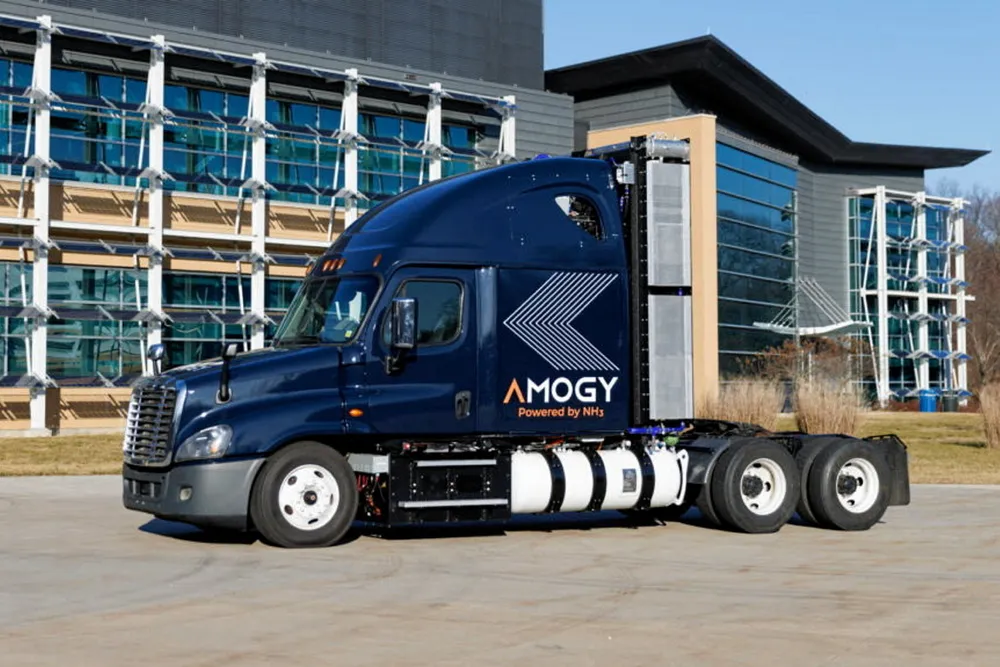Amazon-backed start-up unveils world's first ammonia-powered truck — that cracks NH3 into hydrogen on-board
New York-based Amogy tests the world’s first retrofitted ammonia cab on a university campus but at least half of the stored energy is lost by the time it reaches the wheels
